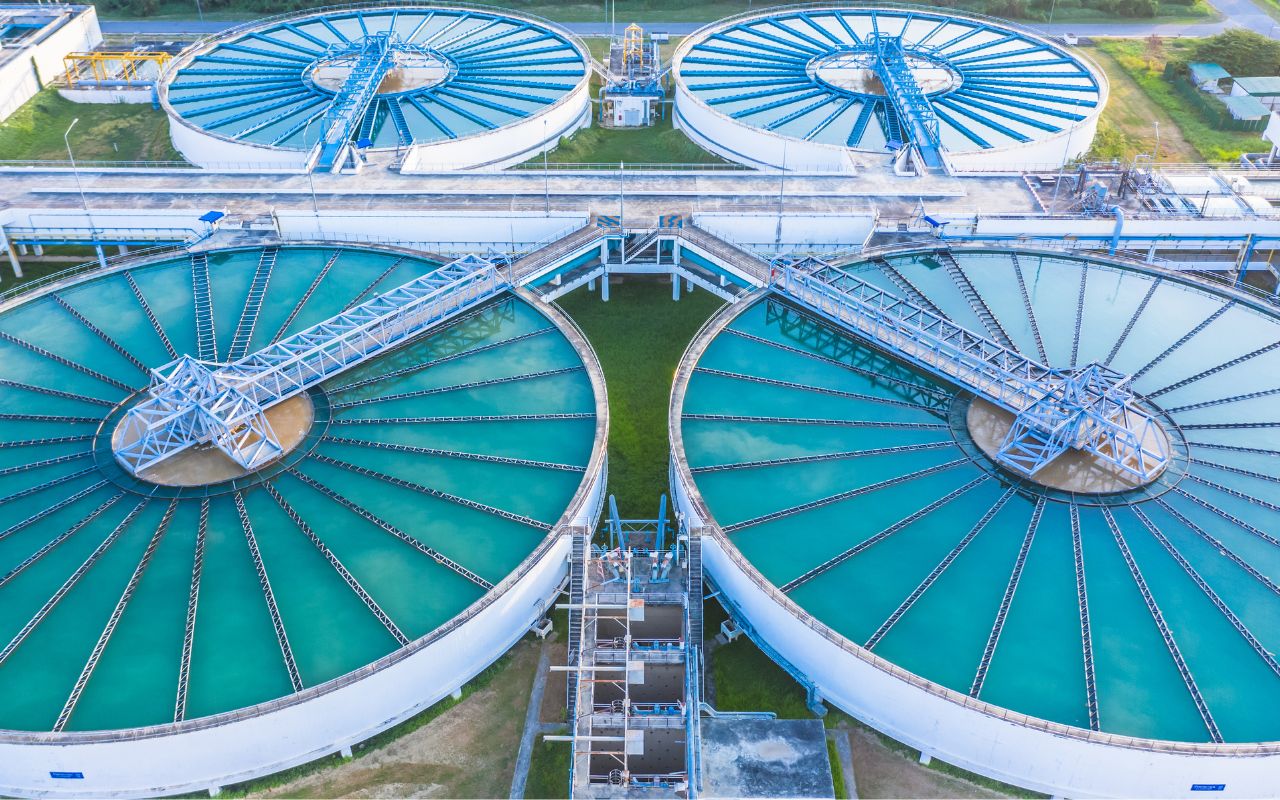Industrial water pollution is an insidious threat, wreaking havoc on our ecosystems, health, and the sustainability of our planet. The narrative of water pollution is intertwined with the narrative of our industries, influencing Environmental, Social, and Governance (ESG) criteria and the prospects of sustainable development.
How Industries Pollute Water
Industrial activities contribute significantly to water pollution in various ways.
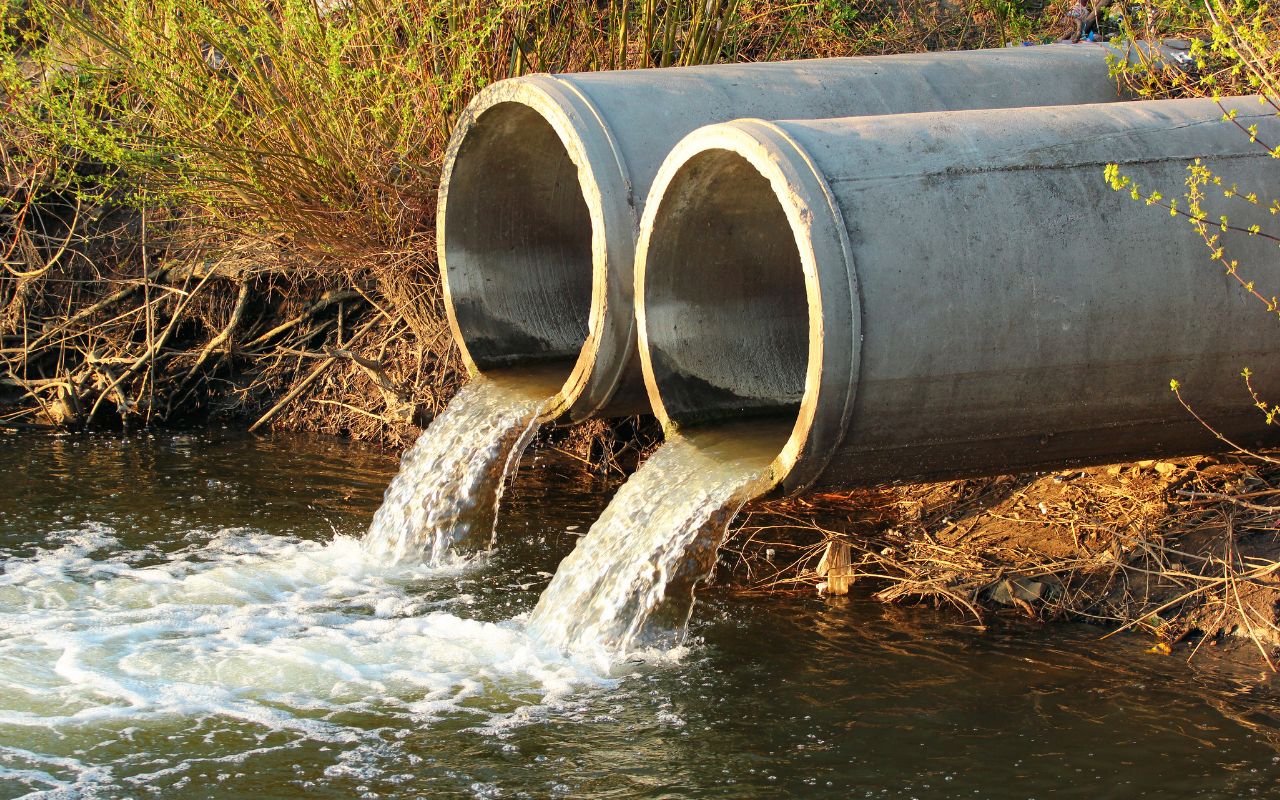
Direct Discharge
The most direct way industries pollute water is through the discharge of industrial effluents. Many industries directly discharge their waste, untreated and full of harmful pollutants, into local water bodies. This direct discharge is a leading cause of water pollution and significantly affects aquatic life and contaminates our water sources.
Airborne Pollutants
Airborne pollutants released by industries also contribute to water pollution. These airborne pollutants, which often result from industrial processes, can be carried over long distances by wind patterns and eventually settle in water bodies. This process leads to secondary water pollution, contaminating our lakes, rivers, and even oceans.
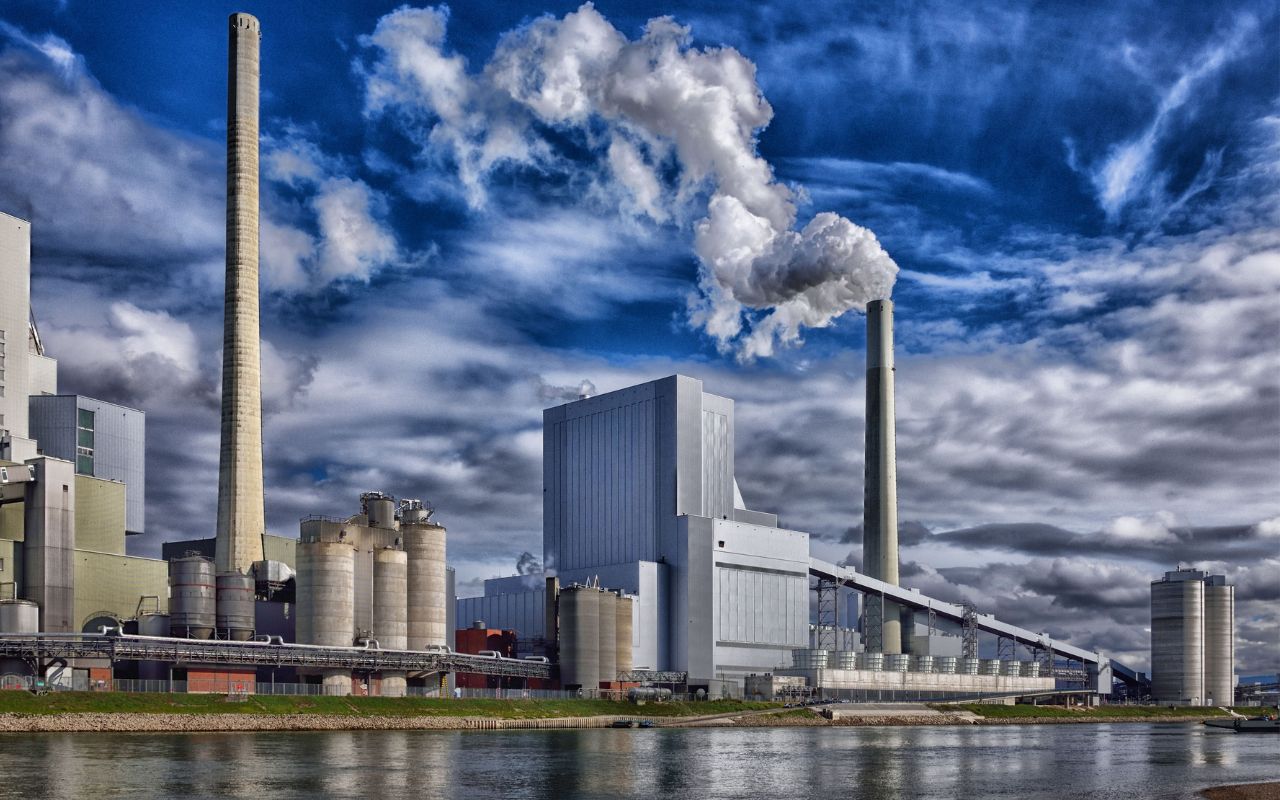
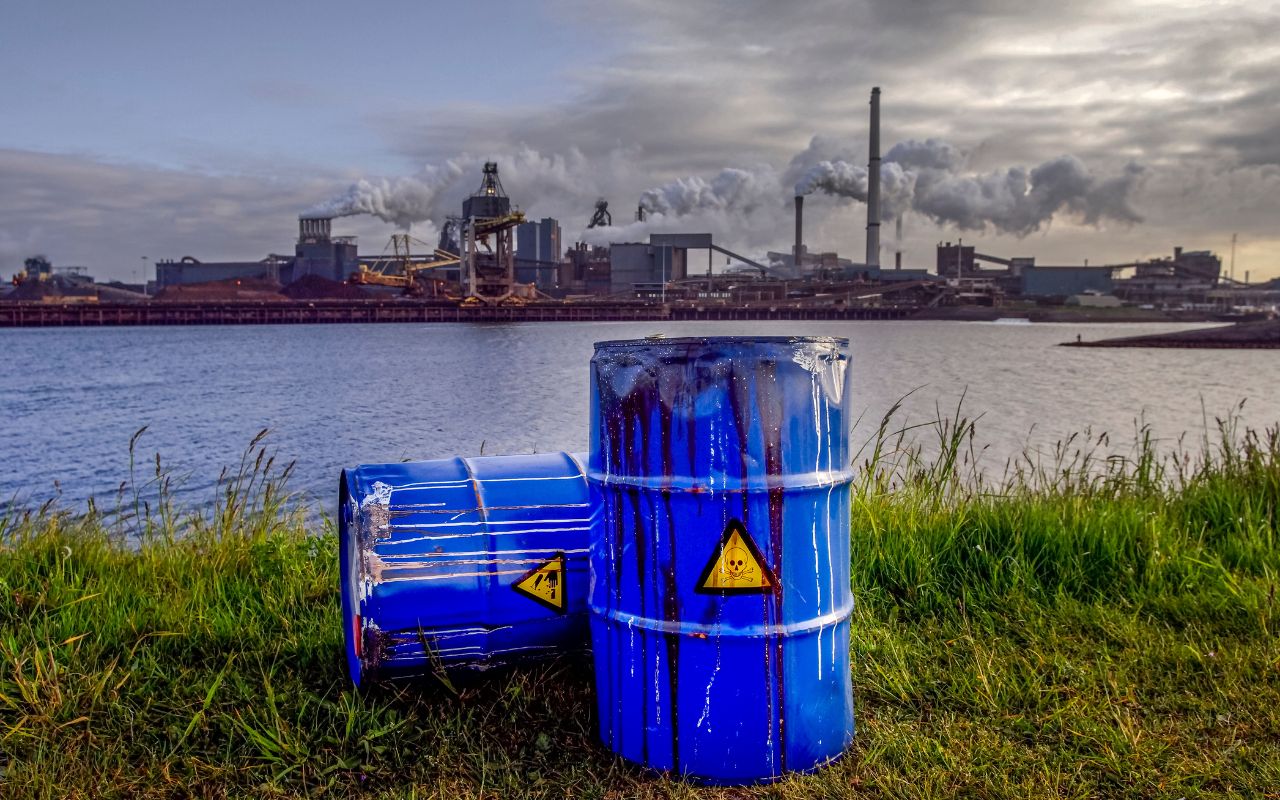
Industrial Waste Leaching
Industrial waste can also contaminate land and soil. Over time, harmful substances from this waste, such as heavy metals and other toxic materials, can leach into the ground, eventually reaching and polluting groundwater reserves.
Thermal Pollution
Industries that use large amounts of water in their processes often discharge the heated water back into water bodies. This form of pollution, known as thermal pollution, can cause significant harm to aquatic life. Many aquatic species are sensitive to temperature changes, and sudden shifts in water temperature can disrupt their metabolism and reproduction.
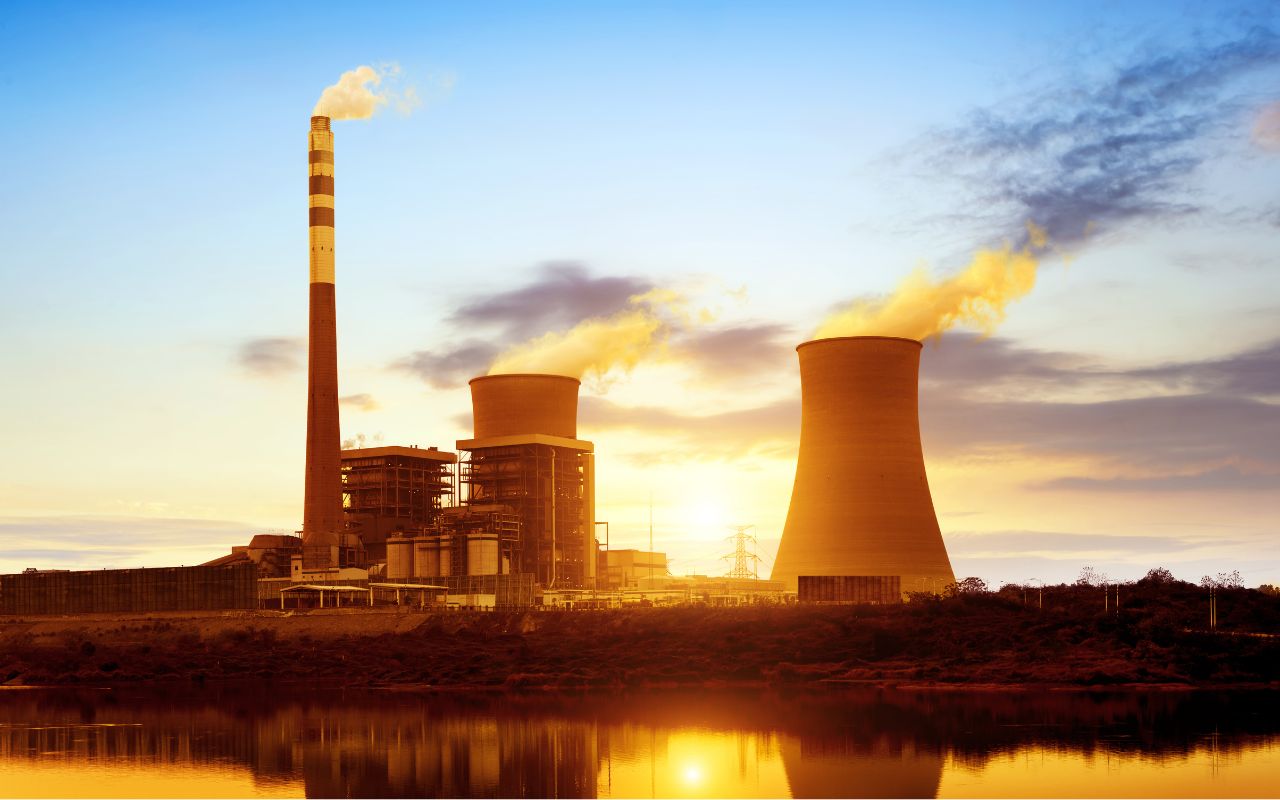
“From the groundwater underneath us to the oceans that cover over two-thirds of our planet, the impact of industrial pollution on water bodies is pervasive. Understanding these pollution channels is a crucial step towards mitigating the impact and progressing towards a more sustainable future.” – Anonymous
Industrial Water Pollution: A Detailed Examination
A recent report by the United Nations indicates that industries dump an estimated of polluted waste in waters every year. This pollution jeopardizes human health, disrupts ecosystems, and exacerbates climate change.
The Role of Chemical Contaminants
Industrial pollutants such as heavy metals, microplastics, and organic pollutants seep into our water bodies, with devastating impacts. According to the World Health Organization, chemical contaminants in water are linked to over 1.5 million deaths annually.
Effects of Industrial Water Pollution on Our Environment
The consequences of industrial water pollution extend far beyond our industries. They seep into our rivers, oceans, and groundwater, devastating ecosystems and posing a significant threat to our own survival.
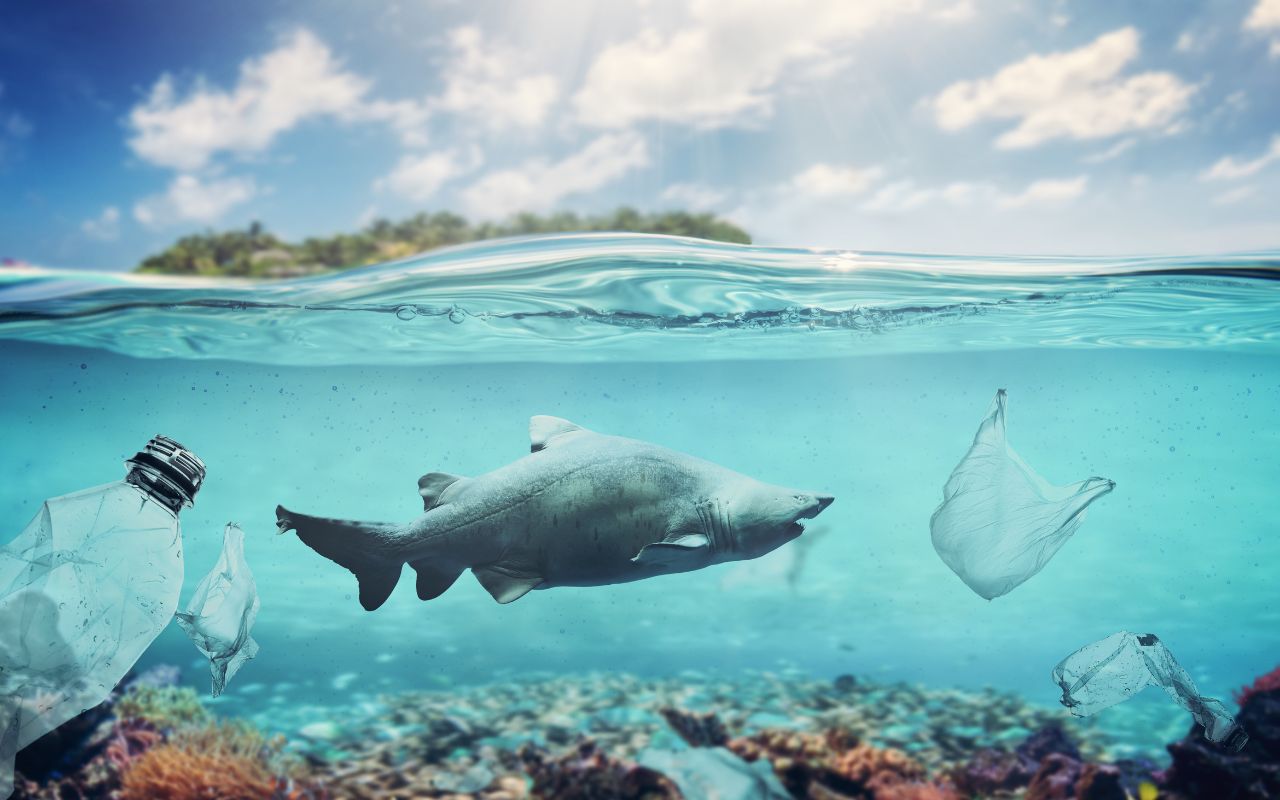
Impact on Aquatic Life
The chemical contaminants released by industries into water bodies can be toxic for aquatic life. A 2023 study from the National Oceanic and Atmospheric Administration (NOAA) noted a 40% decrease in aquatic biodiversity in areas heavily impacted by industrial pollution.
The Domino Effect on Food Chains and Biodiversity
The harm to aquatic life disrupts food chains, contributing to a decline in biodiversity. The death of algae due to industrial pollutants, for instance, deprives larger aquatic creatures of their primary food source, which can lead to their decline and impact species further up the chain.

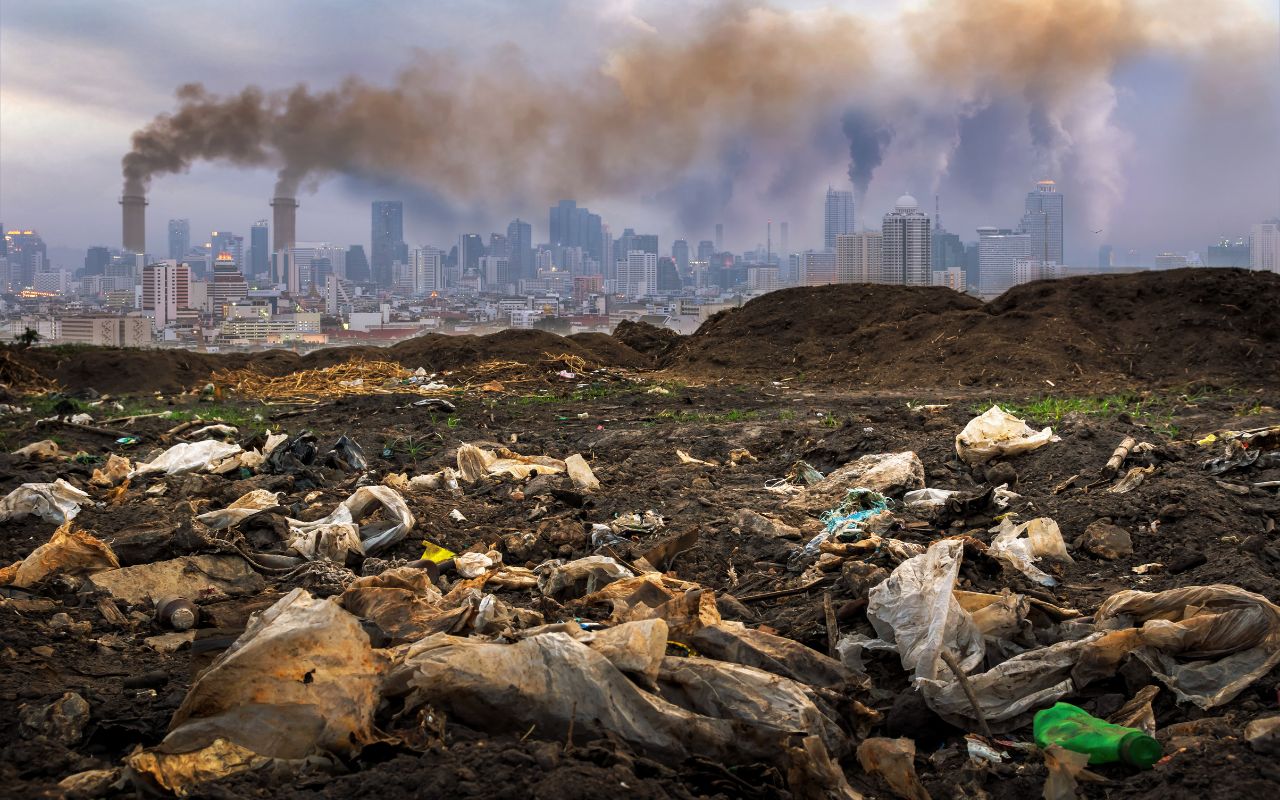
Contribution to Climate Change
Industrial water pollution also exacerbates climate change. Chemicals like nitrogen and phosphorus cause excessive growth of algae (algal blooms), which leads to oxygen depletion in water bodies. This process, known as eutrophication, releases more carbon dioxide into the atmosphere, fueling global warming.
The Effect on Human Health and Societal Implications
The industrial pollutants that seep into our waterways also enter our food and drinking water, causing a plethora of health issues ranging from skin conditions to organ damage and even cancer. Additionally, the loss of biodiversity and the impact on fisheries can have economic and societal repercussions, particularly for communities reliant on these resources.
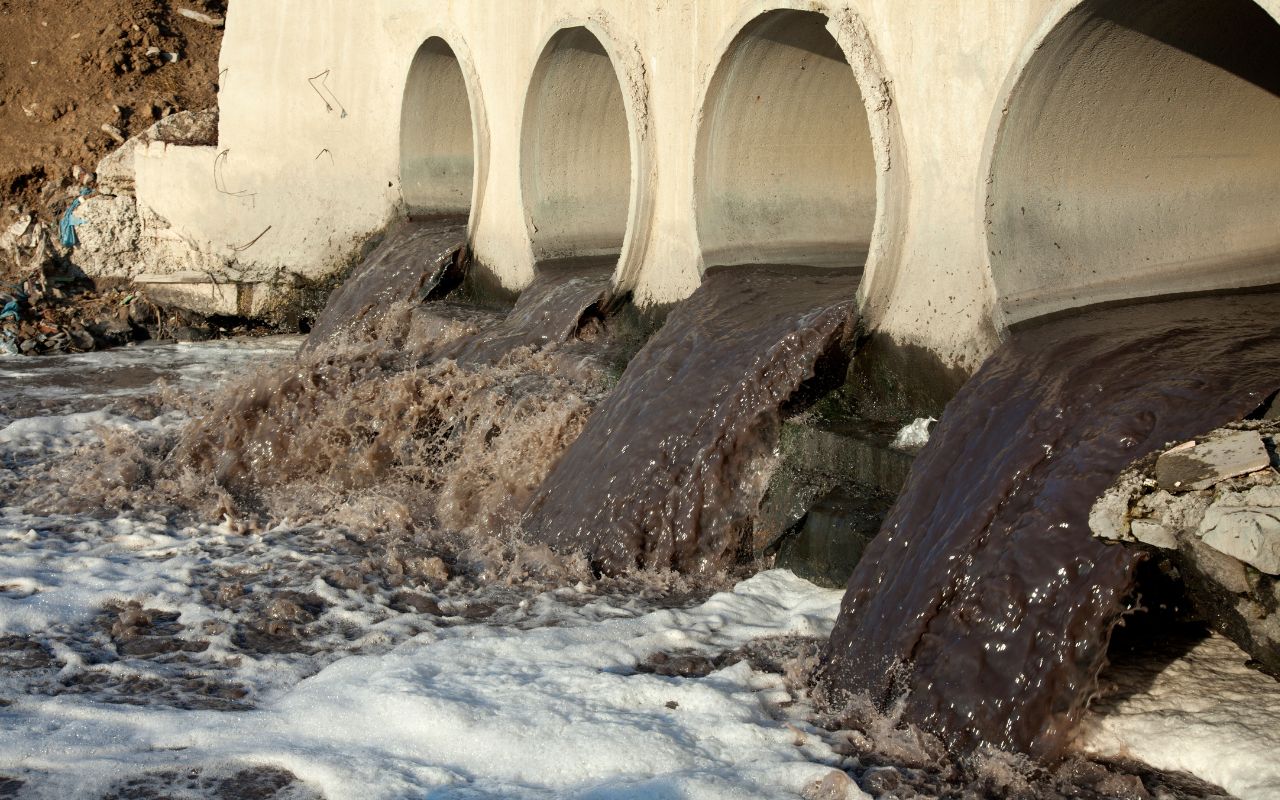
“The ripples of industrial water pollution spread far and wide, impacting every facet of our ecosystem. The health of our planet and our survival depend on us turning the tide.” – Anonymous
Strict Norms and Regulations
The implementation of rigorous norms and standards is instrumental in addressing the problem of industrial water pollution. For instance, consider the success achieved by the introduction of the Ganga Action Plan in India. This comprehensive effort aimed at cleaning and restoring one of India’s most iconic and sacred rivers led to a significant decrease in industrial pollutants being discharged into the river.
ESG Factors and Industrial Water Pollution
Companies that incorporate ESG factors into their operational strategies demonstrate a deeper recognition of their environmental footprint. An excellent example from the Indian context is that of Tata Steel, which is committed to sustainable and eco-friendly practices. By investing in cutting-edge technologies and improving its waste management strategies, Tata Steel has managed to reduce its water pollutants significantly over the past few years. These strategies underscore the role of corporate responsibility in mitigating industrial water pollution and propelling the drive towards sustainability.
Ways to Control or Reduce Industrial Pollution
Reducing industrial pollution requires a multi-faceted approach. A few possible strategies include:
- Adopting Cleaner Technologies: Industries can use technologies that produce less waste or treat waste before it is discharged. This could involve using more efficient machinery, recycling waste, or switching to less harmful materials.
- Implementing Strict Regulations: Governments can enforce strict environmental regulations and standards that industries must follow, ensuring that companies take the necessary measures to reduce their pollution.
- Raising Awareness and Education: Educating the public and stakeholders about the impacts of industrial pollution can create pressure for industries to adopt more sustainable practices.
- Promoting Sustainable Business Practices: Businesses can prioritize sustainability in their operations. This could involve choosing suppliers that use sustainable practices, designing products that are easy to recycle, or setting company-wide sustainability goals.
Conclusion
In the fight against water pollution, adopting stricter norms, minimizing chemical contamination, and adhering to ESG principles is critical. The future of our planet hinges on how swiftly we can move towards a sustainable industrial framework.


